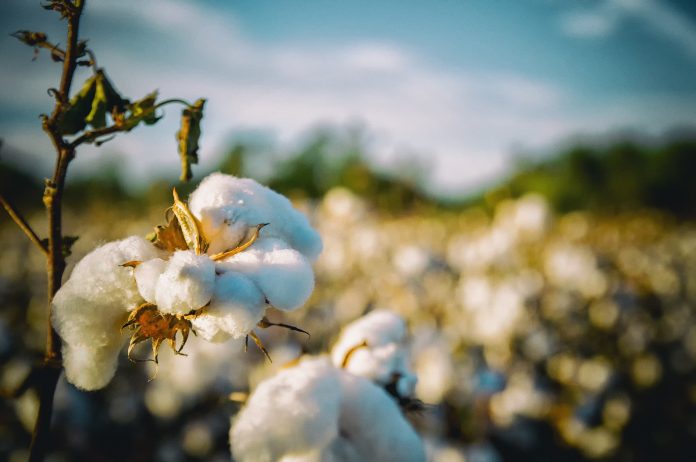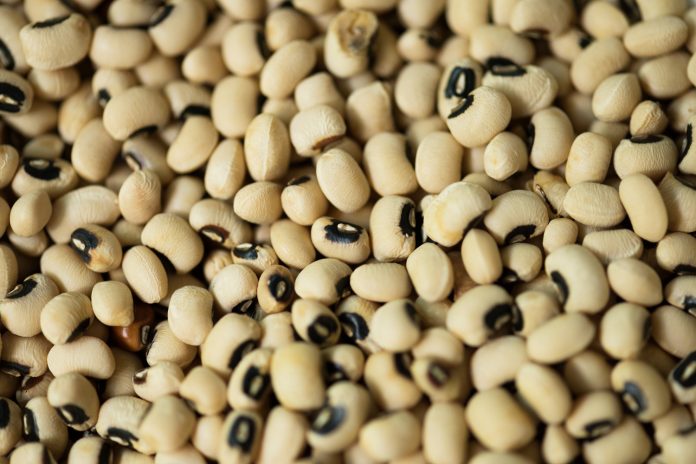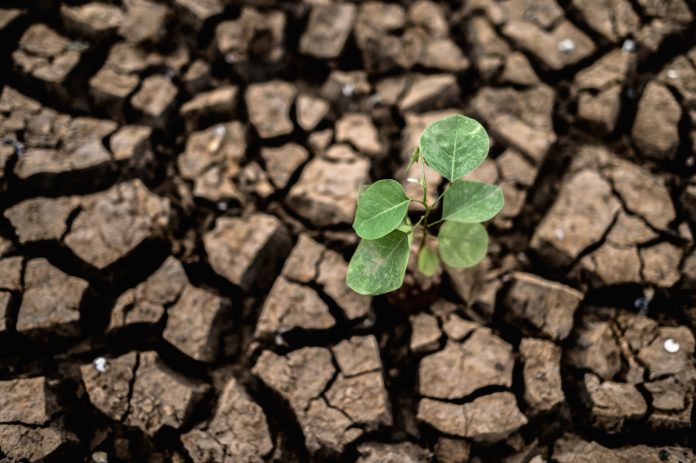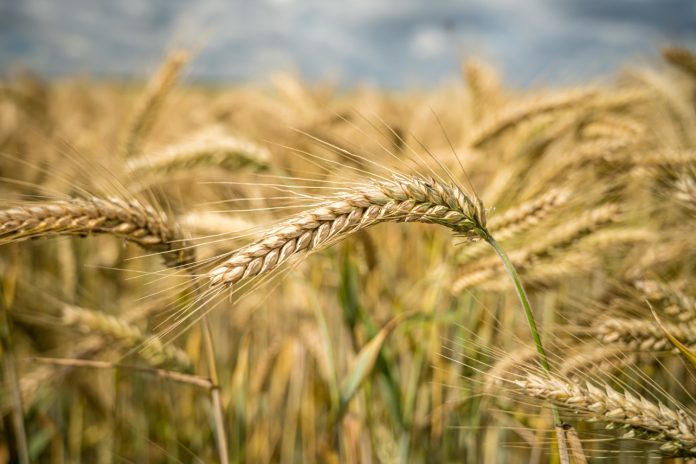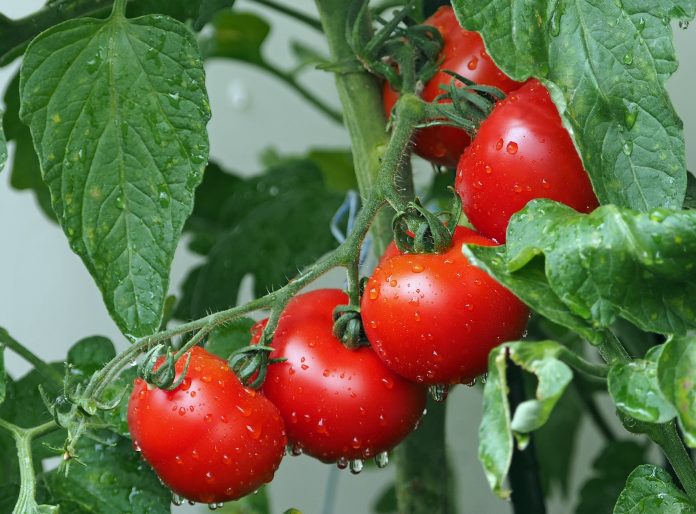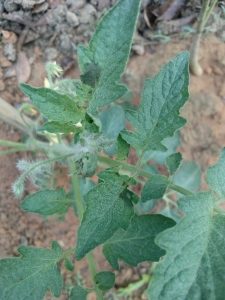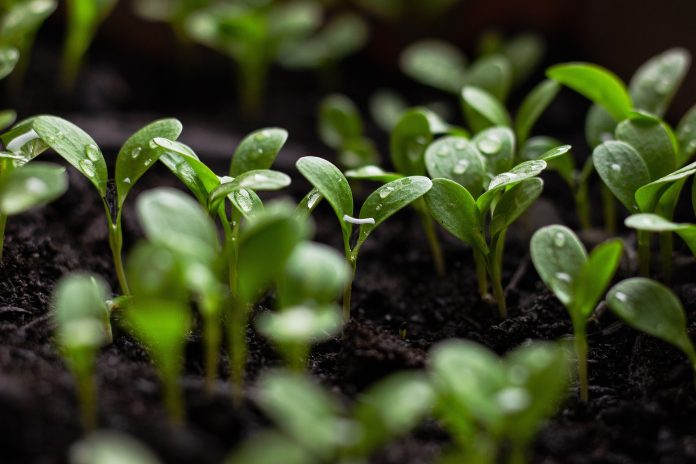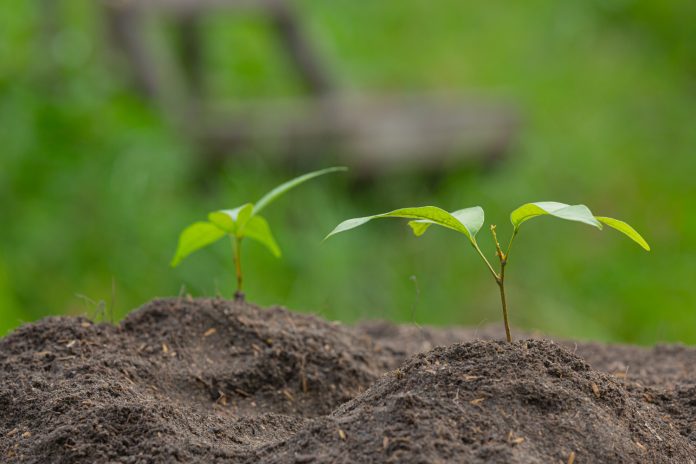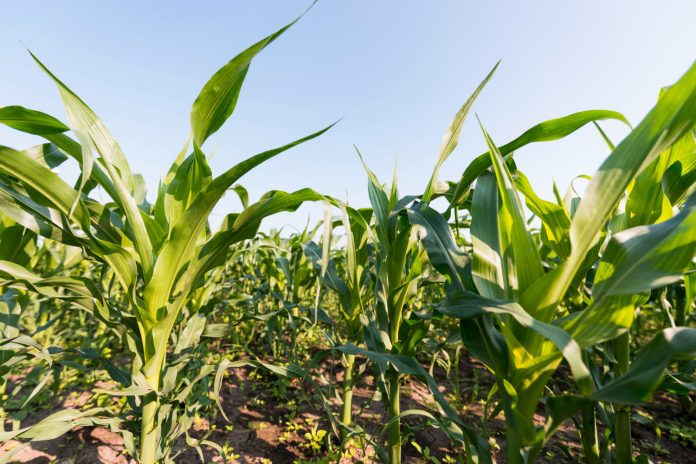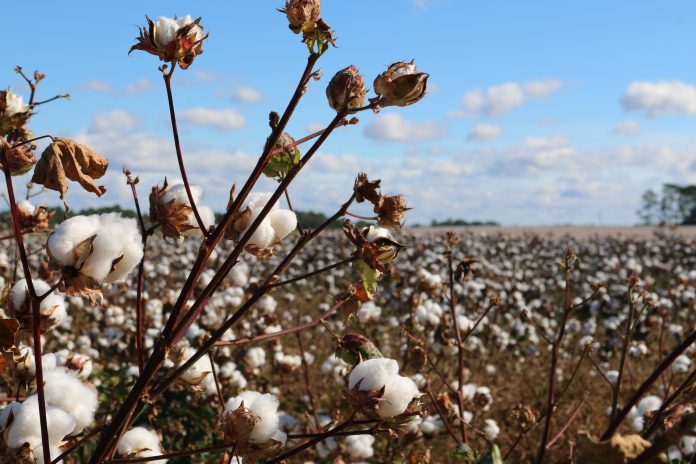Maize (Zea mays L.) is one of the most adaptable crops, able to thrive in a wide range of agro-climatic conditions. Since it has the largest genetic yield potential of all the cereals, maize is referred to as the “Queen of cereals” worldwide. Although it is mostly used in India as a food crop by the rural populace in the form of bread and gruel, it also has enormous industrial potential. To ensure optimal yields and quality, it is essential to follow a well-defined package of practices of maize (POP), right from maize planting until harvest. Don’t stop here! Read further to know the complete guidelines on how to grow maize crop for successful harvest.
Maize Crop at a Glance
Botanical Name: Zea mays
Common Name: Corn (English), Makka (Hindi), Makka cholam (Tamil and Malayalam), Mokka jonna (Telugu).
Crop Season: All seasons [Kharif and Rabi]
Crop type: Field crop
Soil Requirements
Soils that are deep, fertile, abundant in organic matter and well-drained are the best for cultivation of maize crop. The soil should have a medium texture and should be capable of holding sufficient water. As the crop is mostly cultivated during the rainy season, it is particularly vulnerable to waterlogging. Hence, black clayey soils which hold excessive water are not suitable for maize cultivation in areas with heavy rainfall. Sandy loam soils with pH ranging between 6.5 to 7.5 are highly preferred for maize cultivation.
Climatic Requirements
From planting maize until emergence, the crop requires 9 to 30°C. With the increase in temperature and photoperiod, leaf number rises from emergence through silking. Time to tassel increases when the diurnal temperature ranges from 0 to 17°C. At 30°C, maize grows at its fastest pace. As long as there is no freezing temperature, the longer the grain filling period, the higher the grain yield. The rate of photosynthesis in maize will increase as the solar radiation level rises.
Package of Practices for Maize
Land preparation for Maize Cultivation
For planting maize crop, prepare the field by ploughing the land 2-3 times with a mouldboard plough and forming the seedbed by ploughing the land twice and then crush the clods using a rotavator to bring the soil to fine tilth. Add FYM or compost at the rate of 10 t/acre during last ploughing and level the land.
Seed rate and Spacing
| Type of Maize |
Seed Rate (kg/ha) |
Spacing (cm) |
| Row to Row spacing |
Plant to Plant spacing |
| Grain |
20 |
60 |
20 |
| Pop corn |
12 |
60 |
20 |
| Sweet corn |
8-10 |
75 |
25 |
| Baby corn |
25-30 |
45 |
20 |
| Fodder maize |
45-50 |
30 |
10 |
Seed Treatment
Before planting maize seeds, it is recommended to treat the seeds with Cyantraniliprole 19.8 %+Thiamethoxam 19.8% FS at a rate of 6 ml/kg of seeds to manage seed borne pests.
Irrigation Schedule
Due to the sensitivity of the maize crop to both moisture stress and excessive moisture, irrigation should be adjusted as needed. At the most crucial period (45 to 65 days after planting), make sure there is the maximum amount of moisture available; otherwise, the yield will be significantly decreased. Adjust irrigation as necessary for the crop’s subsequent development stage. The sixth leaf, late knee height stage, tasselling, fifty percent silking and dough phases are crucial. The most crucial stages are tasseling and silking, during which if subjected to water stress, lowers maize crop yield significantly. Ridges and Furrow method of irrigation is highly preferred for maize farm.
Manures and Fertilizers
During the last ploughing, 12.5 t/ha of FYM and 10 packets of 1 kg azospirillum should be applied. Further, NPK fertilizers should be applied as nearly as possible to the soil test’s recommendations. In the absence of soil test recommendations, use a general guideline of 120:60:60 kg/ha N:P2O5:K2O both during kharif and rabi. Apply a full dosage of P2O5 and K2O as well as 25% of the N dose just before maize planting/sowing or at the time of planting.
Inter-cultivation Practices
Weeding
Weeds pose a severe threat to maize cultivation, with a potential to reduce production by up to 35%. It is believed that the most crucial time for weed competition in maize farm is the first 4 to 6 weeks following planting of maize. It is advised to inter-cultivate the soil between the rows using some animal drawn or mechanical implements which pushes the soil towards the plant base. Herbicide usage is quite efficient in keeping weeds at bay in maize field. Atrazine, pendimethalin or simazine pre-emergence applications at a rate of 1 kg/ha in 500 liters of water are often advised. Moreover, in case of post emergence recent herbicidal combinations like Mesotrione + Atrazine (2.27%+22.7% SC), Topramezone (33.6% SC) or tembotrione (34.4% SC) are very successful in controlling weeds of maize.
Crop Protection (Pests and Diseases)
Pests infesting Maize field
a) Stem borer (Chilo partellus)
Symptoms
A month after maize planting and up until the cobs appear, it infests the crop. The common damage sign is “dead heart” i.e., withering of the central shoot. On the stem, close to the nodes, are apparent bore holes. Juvenile larva feed on fragile, folded leaves by crawling over them, producing the familiar “shot hole” sign.
Management
- Remove the weeds that act as an alternate host.
- Release Trichoderma chilonis eggs by placing 2 to 3 eggs per acre.
- Use of Chlorantraniliprole at 0.3 ml/lit water or Chlorantraniliprole 0.5% + Thiamethoxam 1% GR at the rate of 2.5 kg/acre along with 7 to 10 kg sand can be used when the severity of the infestation is more.
b) Fall armyworm (Spodoptera frugiperda)
Symptoms
- Leaf tissue is first consumed by young larvae from one side.
- Larvae start to feed from the leaf edge inward by the second or third instar and start to develop holes in the leaves. This frequently results in a distinctive row of perforations in the leaves (shot holes).
- In extreme cases, larvae may tunnel through the ear of corn to munch on kernels.
Management
- Egg masses and larvae should be hand-picked and destroyed by crushing or submerging in kerosene.
- Apply dry sand as soon as you notice the occurrence of fall army worm in the field to the whorl of the damaged maize plants.
- Male moths should be mass-trapped using fall army worm specific pheromone traps at a rate of 15 per acre.
- To stop fall armyworm larvae and lessen the likelihood that newly laid eggs will hatch, squirt 5% Neem seed kernel extract (NSKE) at a rate of 5 ml/lit of water.
- The following pesticides may be used up to early tasselling stage to control larvae in their second and third instars: Emamectin benzoate 5% SG or Chlorantraniliprole 18.5% SC or Tetraniliprole 18.18% SC.
- Seed treatment with Cyantraniliprole 19.8 %+Thiamethoxam 19.8% FS at the rate of 6 ml/kg seed also controls pests in initial days.
Diseases affecting Maize field
a) Turcicum Leaf blight (Helminthosporium turcicum)
Symptoms
- Long elliptical greyish green or tan lesions on the leaves are characteristic of the disease.
- In the early stages, small yellowish round to oval spots are visible on the leaves.
- In the later stages, the spots gradually grow larger and are straw to greyish brown in colour in the centre with dark brown margins.
- Under conditions of extreme humidity, the entire leaf region becomes necrotic, giving the illusion that the plant is dead.
Management
Use potassic fertilizers while cutting back on the use of excessive nitrogenous fertilizers, there shouldn’t be any water stress. Under severe infection, spraying mancozeb at the rate of 0.2% or Avtar fungicide (Zineb 68% + Hexaconazole 4% WP) at the rate of 2.5 gm/lit water is recommended.
b) Charcoal rot (Macrophomina phaseolina)
Symptoms
- Plants that are about to mature are frequently attacked by charcoal rot.
- In the roots, the fungus causes spores that are brown and water-soaked before turning black.
- As the plant ages, the infection spreads to the lower stem, where it causes grey streaks to appear on the stem surface of lower internodes, causing the crown to ripen prematurely, shatter, and break.
- Many black sclerotia on the vascular threads of split open stalks give the inside of the stalks a burnt look, which is a defining sign of the condition.
Management
- Remove infected plant debris.
- Rotate crops often with plants that aren’t fungus’ natural hosts.
- Grow resistant varieties.
- Irrigate the crop at regular intervals from ear head emergence to maturity.
- Increase the dose of potassium application.
- Application of FYM enriched with Trichoderma viride during the last ploughing would reduce the intensity of disease.
- Under severe infestation, to manage the disease spray Nativo (Tebuconazole 50% + Trifloxystrobin 25% WG) at the rate of 0.6 gm/lit water or Amistor top (Azoxystrobin 18.2% + Difenoconazole 11.4% SC) at the rate of 1 ml/lit water.
c) Sheath Blight (Rhizoctonia solani)
Symptoms
- The condition is characterized by broad, discoloured patches that alternate with erratic black bands.
- Pre-flowering is typically observed when disease first manifests. In addition, the stalk and the internodes split open in infected regions.
Management
d) Rust (Puccinia sorghi)
Symptoms
- Brown colour pustules are observed on the leaf surface.
- In severe infections, the whole leaf may wither completely presenting a scorched appearance to the field.
Management
- Removal and destruction of alternate hosts (Oxalis corniculate).
- Spray Mancozeb 64% + Metalaxyl 8% WP at the rate of 1.5-2 gm/lit water or 300-400 gm/acre.
- In severe situations, apply Tilt (Propiconazole 25 % EC) at 200 ml/acre.
e) Bacterial Stalk Rot (Erwinia chrysanthemi pv zeae)
Symptoms
- The condition is characterized by the development of soft rot on basal internodes giving a water-soaked appearance.
- An unpleasant odour usually accompanies such rotting.
- Leaves sometimes show signs of wilting and affected plants topple down.
Management
- Soil should be drenched with bleaching powder containing 33% chlorine @ 10 kg/ha at pre-flowering stage.
- Spray Zineb 68% + Hexaconazole 4% at the rate of 2.5 gm/lit water or 500 gm/acre.
Harvesting
Maize can be harvested at physiological maturity i.e when the stalks and leaves are somewhat green, but the husk cover has dried and turned brown. In general stalks along with cobs are harvested and stacked. Further, dehusker-cum-sheller can be used for shelling of unhusked cobs. For better results maize should be shelled when the moisture ranges between 15 to 20%.
Yield
The feasible yield for the maize crop ranges from 20-25 qntl/acre since it has the best production potential among the grains.
Varieties/Hybrids
| Hybrids |
DHM-11, DHM-113, DPCH-6, Pioneer-3342 |
| Sweet corn |
Madhuri, Priya, Win Orange |
| Baby corn |
VL-42, Him-123, Him-129 |
| QPM |
Shakti-1, HQPM-1, HQPM-5 |

